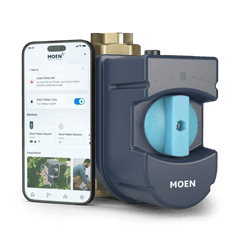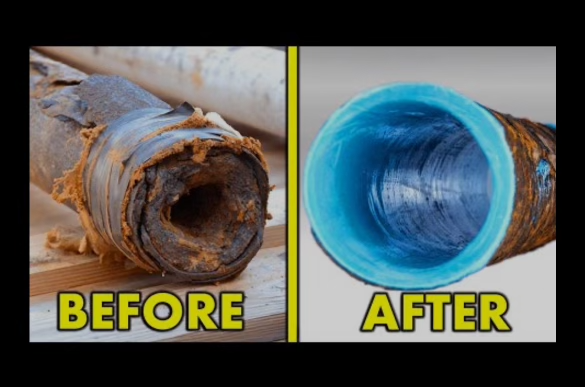Top 7 Strategies for Effective Water Heater Maintenance and Repair
7 Essential Tips for Water Heater Repair Success
Tip 1: Safety First
Tip 2: Diagnosing the Problem
Tip 3: Gather the Right Tools and Materials
Tip 4: Understand Your Water Heater
Tip 5: Step-by-Step Repair Guide
Now, let's explore some common water heater issues and provide a more detailed step-by-step repair guide for each. Keep in mind that your specific problem may require slightly different steps, so always refer to manufacturer instructions and guidelines when available.
For a Thermostat Replacement:
Safety First: As always, start by turning off the power supply to your water heater at the breaker box. Additionally, shut off the water supply to the heater to prevent any leaks.- Access the Thermostat: Locate the access panel on your water heater. It is typically located near the bottom of the tank. Remove any insulation covering the panel.
- Disconnect Wiring: Carefully disconnect the wires from the old thermostat. Make sure to note the positions of the wires to connect them correctly to the new thermostat.
- Replace the Thermostat: Remove the old thermostat and replace it with the new one. Ensure it's positioned correctly and securely. Reattach the wires to their corresponding terminals as noted earlier.
- Reassemble and Test: Put back the insulation and access panel. Turn the power and water supply back on. Gradually increase the temperature setting and test the hot water to ensure it's working correctly.
For Sediment Buildup:
Safety First: As always, turn off the power and water supply to your water heater.- Connect a Hose: Locate the drain valve at the bottom of the tank and attach a hose to it. Ensure the hose is securely connected, and the other end is directed to a safe drainage location, like a floor drain or outside.
- Drain the Tank: Open the drain valve carefully to start draining the tank. Be patient, as this process may take some time. Close the valve when you're satisfied that most of the sediment has been flushed out.
- Inspect and Remove the Valve (if necessary): If your drain valve is clogged or damaged, you may need to remove it for cleaning or replacement. Follow the manufacturer's guidelines for this step.
- Clean the Tank: If the sediment is still present after the initial flush, you can use a brush or vacuum to clean the inside of the tank carefully.
- Reassemble and Refill: Reattach the valve if it was removed and close it securely. Turn on the water supply and let the tank refill. Check for leaks around the valve.
Remember that safety should always be a priority during these repairs. If you encounter any issues or complications, or if you're uncomfortable with any step, it's best to seek professional assistance for your water heater repair.
Additionally, for more specific repairs or issues not covered here, consult your water heater's manufacturer guidelines or consider calling a
professional plumber or technician with expertise in water heater repair. They have the knowledge and experience to handle complex problems and ensure your water heater is in optimal working condition.
Tip 6: Regular Maintenance
Prevention is always better than cure, and the same applies to water heaters. Regular maintenance can prevent many common water heater problems, reducing the need for repairs in the first place. Here's a checklist of maintenance tasks:
- Check for leaks and corrosion regularly.
- Flush the tank to remove sediment buildup once a year.
- Inspect and test the pressure relief valve.
- Check the thermostat settings for efficiency.
- Insulate your water heater to reduce heat loss.
By incorporating these maintenance tasks into your routine, you can extend the lifespan of your
water heater and minimize the need for future water heater repair.
Tip 7: When to Call a Professional
While DIY water heater repair can be satisfying and cost-effective, there are times when it's best to leave it to the professionals. Recognizing when you need expert assistance can save you from potential disasters and safety hazards.
Call a professional plumber or technician if:
- You're uncomfortable with any aspect of the repair process.
- The problem is beyond your diagnosis or skills.
- Your water heater is still under warranty.
- You suspect a gas leak or electrical issue.
In such cases, hiring a skilled professional ensures the safety and efficiency of your water heater repair.
Conclusion
In conclusion, water heater repair doesn't have to be a daunting task. With these seven essential tips, you can confidently address common water heater problems and enjoy reliable hot water once again. Remember to prioritize safety, diagnose the issue accurately, gather the right tools, understand your specific water heater, follow step-by-step guides, perform regular maintenance, and seek professional assistance when needed.
If you're in Spring Valley, CA, and require expert plumbing services, we recommend reaching out to "Drain Rooter Plumbing SD" at
619-248-1982. They are a trusted service provider in the area and can assist with all your
plumbing needs, including water heater repair. With their experience and expertise, you can ensure that your water heater is in good hands.
By following these guidelines and having a reliable
service provider like "Drain Rooter Plumbing SD" by your side, you'll be well-equipped for a successful water heater repair journey. Enjoy the benefits of a fully functioning water heater and the convenience of hot water whenever you need it.



